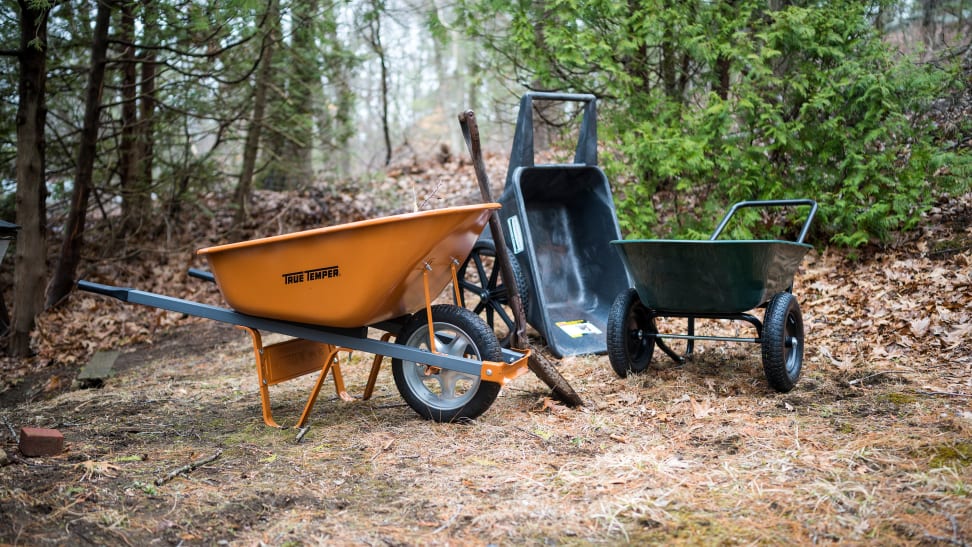In the vast tapestry of human ingenuity, certain inventions stand out not for their complexity, but for their simplicity and utility. The wheelbarrow is one such invention—a humble yet indispensable tool that has shaped civilizations and facilitated progress for centuries. From its ancient origins to its modern adaptations, the wheelbarrow remains a symbol of innovation and practicality, embodying the timeless principles of leverage and efficiency. In this article, we delve into the history, design, and enduring significance of the wheelbarrow, exploring its evolution and the myriad ways it continues to serve humanity.
Ancient Origins
The wheelbarrow’s roots can be traced back thousands of years to ancient China, where it first emerged as a rudimentary wooden cart with a single wheel. Historical records suggest that it was invented during the Han Dynasty (around 200 AD) and was initially used for transporting goods and materials, particularly in construction and agriculture. The earliest wheelbarrows consisted of a simple wooden frame with a large wheel at the front and a platform for carrying loads, operated by a single person pushing or pulling it.
The Design Evolution
Over time, the design of the wheelbarrow underwent significant evolution as it spread to other regions and cultures. In Europe, the wheelbarrow gained popularity during the Middle Ages, becoming a staple tool in construction, gardening, and transportation. Variations in design emerged, including two-wheeled models for increased stability and larger capacities for carrying heavier loads. The introduction of metal components also improved durability and strength, allowing wheelbarrows to withstand the rigors of heavy-duty use.
One notable innovation was the addition of a wheelbarrow tray or bucket, which provided a contained space for carrying loose materials such as soil, gravel, or debris. This design modification not only enhanced efficiency but also reduced spillage and waste, making the wheelbarrow even more practical for a wide range of tasks. Additionally, advancements in wheel technology, such as the use of pneumatic tires, further improved maneuverability and ease of use, especially in uneven or rugged terrain.
Utility in Construction and Agriculture
The wheelbarrow’s versatility made it indispensable in various fields, particularly in construction and agriculture. In construction sites, it proved invaluable for transporting building materials such as bricks, sand, and cement, allowing laborers to efficiently move heavy loads with minimal effort. Its maneuverability and compact size made it ideal for navigating tight spaces and narrow pathways, enabling construction projects to proceed smoothly and efficiently.
In agriculture, the wheelbarrow revolutionized farming practices by streamlining tasks such as hauling crops, moving compost, and transporting equipment. Farmers could easily transport harvested fruits and vegetables from the fields to storage areas or marketplaces, reducing manual labor and increasing productivity. The wheelbarrow also played a crucial role in land cultivation, enabling farmers to distribute fertilizers, mulch, and seeds with precision and efficiency.
Cultural Significance
Beyond its practical applications, the wheelbarrow has also left an indelible mark on cultural and artistic expression. Its iconic silhouette has been immortalized in paintings, literature, and folklore, symbolizing industriousness, resourcefulness, and the triumph of human ingenuity over adversity. In Chinese folklore, the legendary figure of Zhuge Liang is often depicted with a wheelbarrow, emphasizing its association with wisdom and strategic thinking.
In Western art, the wheelbarrow has been portrayed in various contexts, from pastoral scenes depicting rural life to allegorical representations of labor and progress. Artists such as Pieter Bruegel the Elder and Diego Rivera have captured the wheelbarrow’s significance as a symbol of human labor and the interconnectedness of society. Its presence in art serves as a testament to its enduring legacy as a tool that transcends time and culture.
Modern Innovations
In the modern era, the wheelbarrow continues to evolve, with innovations in materials, design, and technology enhancing its performance and versatility. Lightweight yet durable materials such as aluminum and composite plastics have replaced traditional wood and metal construction, reducing weight and improving corrosion resistance. Ergonomic handle designs and adjustable features enhance user comfort and control, reducing strain and fatigue during prolonged use.
Furthermore, specialized wheelbarrow designs have emerged to cater to specific applications, such as landscaping, construction, and gardening. Foldable and collapsible models offer compact storage solutions for homeowners and professionals with limited space. Motorized or self-propelled wheelbarrows equipped with electric motors or internal combustion engines provide added convenience for handling heavy loads over longer distances or challenging terrain.
Environmental Considerations
In an era of increasing environmental awareness, sustainable design principles are influencing the evolution of the wheelbarrow. Manufacturers are exploring eco-friendly materials and production processes to minimize carbon footprint and reduce waste. Additionally, the emphasis on energy efficiency has led to the development of electric-powered wheelbarrows that offer emissions-free operation and quieter performance compared to traditional gasoline-powered models.
Furthermore, the wheelbarrow’s role in promoting organic gardening and permaculture practices aligns with sustainable living principles, encouraging individuals to cultivate their own food and minimize reliance on fossil fuels and chemical inputs. By empowering people to take a hands-on approach to food production and land stewardship, the wheelbarrow becomes not just a tool of utility but also a catalyst for positive environmental change.
Conclusion
Wheelbarrow stands as a testament to human ingenuity, resilience, and adaptability. From its humble origins in ancient China to its modern incarnations, it has remained a ubiquitous tool that transcends cultural and geographical boundaries. Its enduring appeal lies in its simplicity, efficiency, and versatility, making it an indispensable companion for countless generations of farmers, laborers, and builders.







